Life
Sign up for our newsletter
We summarize the week's scientific breakthroughs every Thursday.
-
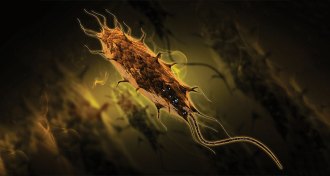 Life
LifeBacteria resistant to last-resort antibiotic appears in U.S.
For the first time in the United States, scientists have reported a patient infected with a strain of bacteria carrying the gene mrc-1, making it resistant to the last-ditch antibiotic colistin.
By Meghan Rosen -
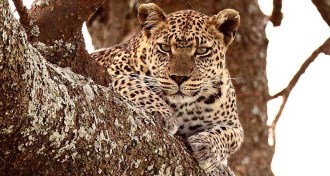 Animals
AnimalsCounting cats is hard, but we know the numbers aren’t good
Recent studies highlight the difficulty of counting big cats, but even imperfect counts show that these species are in trouble.
-
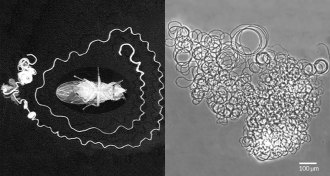 Life
LifeFruit fly’s giant sperm is quite an exaggeration
Giant sperm, about 20 times a male fruit fly’s body length, could make the insects the champs of supersized sexual ornaments.
By Susan Milius -
 Neuroscience
NeuroscienceAlzheimer’s culprit may fight other diseases
A notorious Alzheimer’s villain may help bust microbes.
-
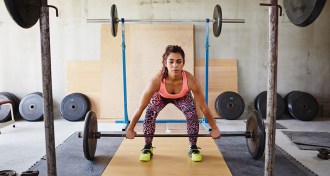 Life
LifeWomen in sports are often underrepresented in science
More and more women are taking up recreational and competitive sports. But when it comes to exercise science, the studies don’t reflect that trend.
-
 Animals
AnimalsAntibiotics in cattle leave their mark in dung
Treating cattle with antibiotics may have side effects for dung beetles, microbes and greenhouse gases.
-
 Animals
AnimalsSnot could be crucial to dolphin echolocation
An acoustic model reveals that echolocation relies on mucus lined tissue lumps in the animal’s nasal passage.
-
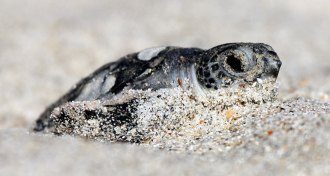 Animals
AnimalsFor baby sea turtles, it helps to have a lot of siblings
After hatching, baby sea turtles must dig themselves out of their nest. This requires less energy if there are lots of siblings, a new study finds.
-
 Life
LifeScientists find way to break through bad bacteria’s defenses
Enzymes can break down bacterial biofilm’s sugary walls.
-
 Health & Medicine
Health & MedicineCDC tracking 279 U.S. pregnant women with possible Zika infections
The number of U.S. pregnant women with evidence of Zika infection has climbed to nearly 300, and includes both women with and without symptoms.
By Meghan Rosen -
 Animals
AnimalsThese mystery mounds are actually giant piles of earthworm poop
The grassy mounds that dot a watery landscape in South America are created by giant earthworms, a new study finds.
-
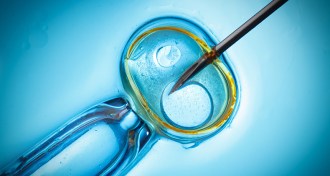 Genetics
GeneticsRisk identified in procedure for ‘three-parent babies’
Resurgent mitochondria could spell trouble for disease therapy.